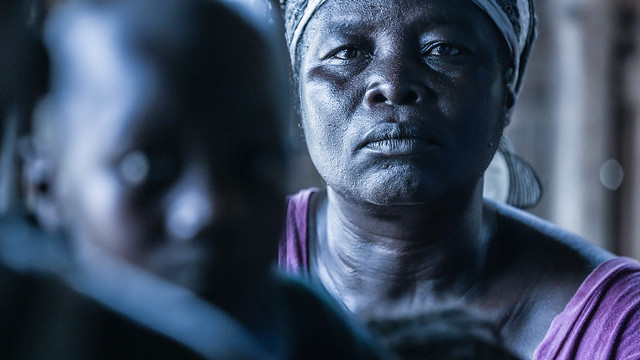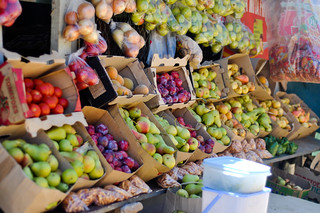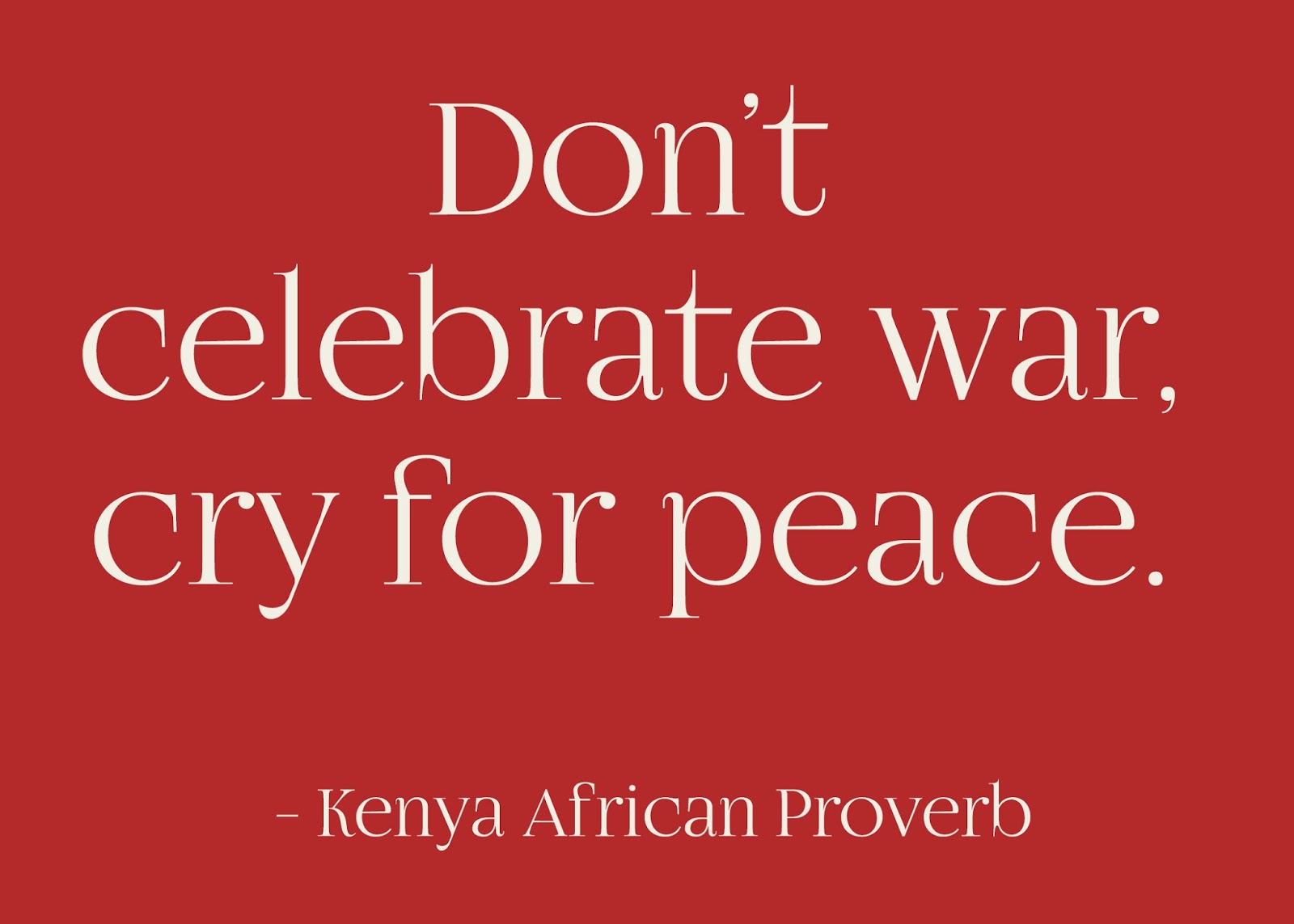3,500 Years of Tradition: Grain Processing by Hand in Africa
3,500 Years of Tradition: Grain Processing by Hand in Africa

Pounding grain remains a communal rhythm of daily life in many African villages.
Across Africa, the basic act of turning harvested grain into food has stayed remarkably constant for millennia. Long before tractors, threshers, or electric mills, farmers used simple hand tools—and in many rural communities, they still do today. Mortars and pestles echo through villages as grain is prepared for cooking, linking modern households to techniques more than 3,500 years old.
What Are Threshing, Winnowing, and Milling?
Threshing. Beating the stalks and husks of cereal crops to loosen the edible seeds from the straw.
Winnowing. Tossing the grain into the air or using a breeze to let lighter chaff blow away, leaving clean grain behind.
Pounding or Milling. Crushing or grinding grain to break it into usable pieces or flour. The goal is usually coarse meal, not the ultra-fine flour common in industrial milling. This work requires strength, rhythm, and skill. It is often done communally, with hours spent each day to prepare food staples such as sorghum, millet, yam flour, and teff meal. For a deeper look at Africa’s heritage grains, see ancient African grains like sorghum, millet, and teff.
Although modern mills are increasingly found in towns and cities—saving time and labor—many households cannot afford store-bought flour. Traditional hand-grinding continues to be an essential part of life, especially where cash income is limited. Mortar-and-pestle methods survive not because of nostalgia but because they remain practical and affordable.
Modern Milling and Agriculture in Transition
Large companies such as Bakhresa Grain Milling (based in Tanzania and operating across East Africa) now supply much of the region’s commercial wheat flour. Yet smallholder farmers and rural families still produce, thresh, winnow, and mill their grain using age-old tools. This persistence reflects wider challenges in African agriculture: low access to fertilizers, improved seeds, credit, and mechanized equipment. Learn more about the challenges of modern farming in Africa.
According to the World Bank, “modern farming” involves using inorganic fertilizers, agro-chemicals, irrigation, improved seeds, tractors, and credit to purchase modern equipment. Many small African farmers cannot afford these inputs, contributing to lower yields and ongoing food insecurity. While cities grow quickly, rural populations will remain large, and small farms will continue to feed millions.
Women play a central role. They make up about 43% of the agricultural labor force in developing countries and are critical to household food security. Yet they have less access to land, credit, and training than men, while working longer total hours when unpaid domestic work is included. Explore how African women farmers power food security.
Climate and Food Security Challenges
Climate change threatens yields through droughts and erratic weather, while global food demand keeps rising. Agriculture both suffers from and contributes to climate change, generating up to 29% of greenhouse gas emissions. Climate-smart agriculture—practices such as crop diversification, small-scale irrigation, and agroforestry—is being promoted across Africa to increase resilience and reduce emissions. Read more on climate-smart agriculture in Africa.
Despite these efforts, many farmers still rely on ancient, hand-powered grain processing. This continuity shows resilience but also highlights the need for investment in rural infrastructure, technology, and markets to fight hunger and poverty. Learn about Africa’s struggle with food security and hunger.































